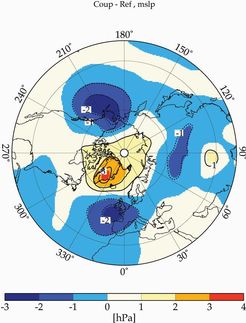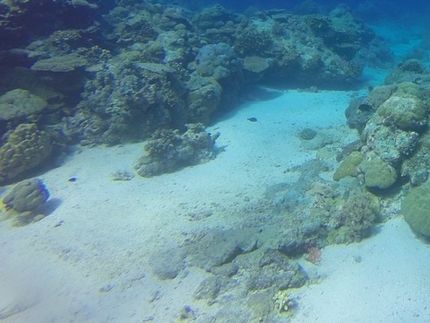High-intensity ultrasound creates hollow nanospheres and nanocrystals
Advertisement
Using high-intensity ultrasound, researchers at the University of Illinois at Urbana-Champaign have created hollow nanospheres and the first hollow nanocrystals. The nanospheres could be used in microelectronics, drug delivery and as catalysts for making environmentally friendly fuels.
"We use high-intensity ultrasound to generate nanoparticles of molybdenum disulfide or molybdenum oxide, which bind to the surface of tiny silica spheres that are much smaller than red blood cells," said Ken Suslick, the Marvin T. Schmidt Professor of Chemistry at Illinois and a researcher at the Beckman Institute for Advanced Science and Technology. "After heating the spheres to produce uniform coatings, we use hydrofluoric acid to etch away the silica, leaving hollow shells of the desired material."
Suslick and former postdoctoral research associate Arul Dhas describe their work in a paper that has been accepted for publication in the Journal of the American Chemical Society.
Hollow nanospheres crafted from molybdenum disulfide could serve as a superior catalyst for removing sulfur-containing compounds from gasoline and other fossil fuels.
"Molybdenum-disulfide is a layered material, but its catalytic activity occurs at its edges," Suslick said. "By distorting and breaking up the layers, hollow nanospheres offer increased edge-surface area, as well as access to both inner and outer shell surfaces."
Further processing of hollow spheres made of molybdenum oxide, however, results in the unusual formation of hollow crystals that resemble truncated cubes. Upon heating a second time - referred to as thermal annealing - the hollow molybdenum oxide spheres are transformed into single-crystal boxes with spherical hollow voids. The sonochemical procedure could be easily applied to other material systems to create additional types of hollow, nanostructured particles, Suslick said.
Sonochemistry arises from acoustic cavitation - the formation, growth and implosion of small gas bubbles in a liquid blasted with sound. The collapse of these bubbles generates intense local heating, forming a hot spot in the cold liquid with a transient temperature of about 9,000 degrees Fahrenheit, the pressure of about 1,000 atmospheres and the duration of about 1 billionth of a second.
For a rough comparison, these values correspond to the temperature of the surface of the sun, the pressure at the bottom of the ocean, and the lifetime of a lightning strike.
Most read news
Topics
Organizations
Other news from the department science
These products might interest you

Dursan by SilcoTek
Innovative coating revolutionizes LC analysis
Stainless steel components with the performance of PEEK - inert, robust and cost-effective

OCA 200 by DataPhysics
Using contact angle meter to comprehensively characterise wetting behaviour, solids, and liquids
With its intuitive software and as a modular system, the OCA 200 answers to all customers’ needs

Tailor-made products for specific applications by IPC Process Center
Granulates and pellets - we develop and manufacture the perfect solution for you
Agglomeration of powders, pelletising of powders and fluids, coating with melts and polymers

Get the chemical industry in your inbox
By submitting this form you agree that LUMITOS AG will send you the newsletter(s) selected above by email. Your data will not be passed on to third parties. Your data will be stored and processed in accordance with our data protection regulations. LUMITOS may contact you by email for the purpose of advertising or market and opinion surveys. You can revoke your consent at any time without giving reasons to LUMITOS AG, Ernst-Augustin-Str. 2, 12489 Berlin, Germany or by e-mail at revoke@lumitos.com with effect for the future. In addition, each email contains a link to unsubscribe from the corresponding newsletter.





























































